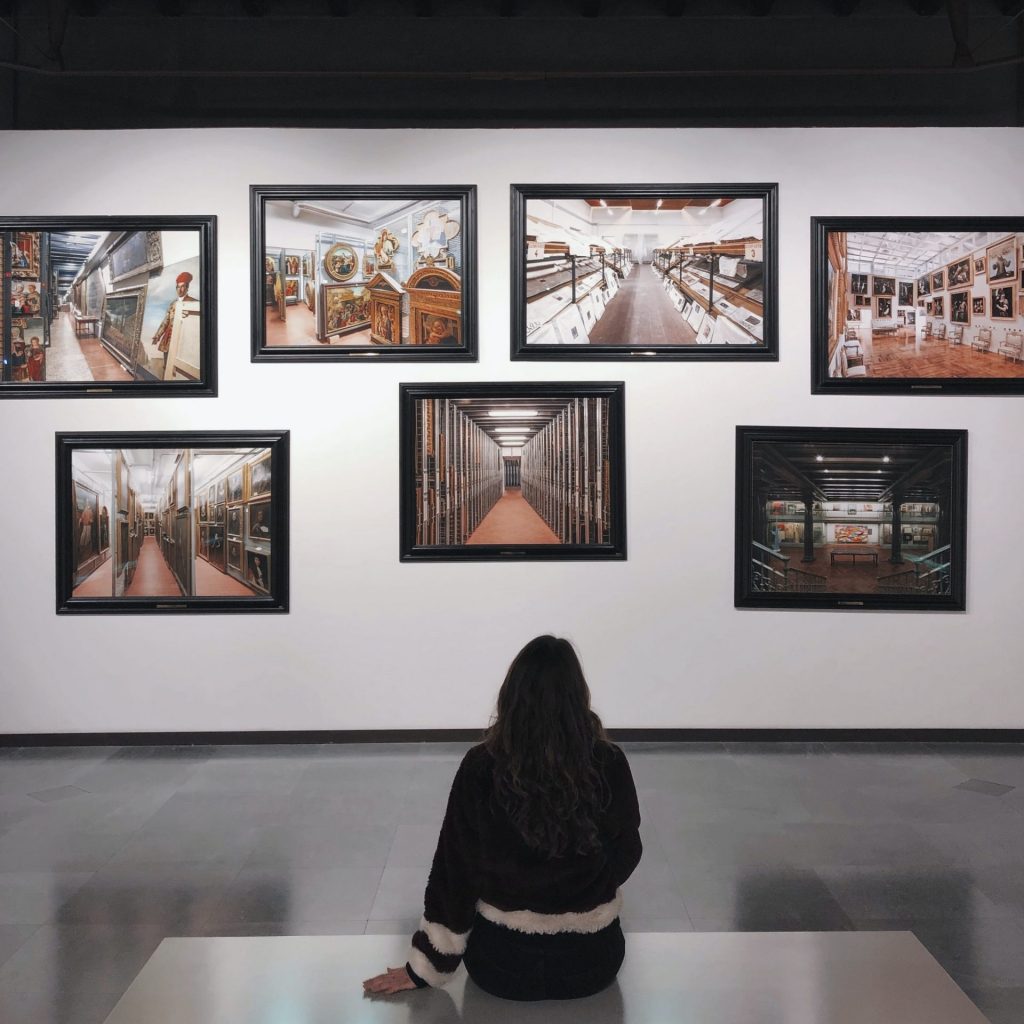There are many ways to boost your creative writing performance However, the most effective and sophisticated of them is to inspire thoughtful, creative writing through art. The process listed below is a way to make any creative writing process thoughtful and make any creative text meaningful. Read on to find out how art could influence your writing in unexpected ways to make them brilliant and unlike others.
What is creative writing?
Before exploring the peculiarities of inspiring thoughtful creative writing through art, let’s take a closer look at the term creative writing. Here are some vital elements that define creative writing:
- Character:
This element can be considered fuel for an entire plot. Usually, readers choose a character to sympathize with or anticipate him or her. And, generally, readers also identify themselves with a particular character subconsciously.
- Scene and surroundings:
When you tell a particular story or describe something with creative writing, it requires specific settings and surroundings. Depending on the plot, there may be only one scene or several of them. It is always necessary to present to the reader at least one scene that is described very well so the reader can imagine it easily.
- Plot:
This is a core element of any creative writing, be it a novel, a play, a poem, or a book. The plot usually has an ark that sets the whole story from introduction to end. Plots are something you cannot ignore; without them, the entire story is not possible.
- Conflict:
Readers must spectate something that is going on between several characters personally or between one character and circumstances. The conflict sharpens everything and makes the plot catching.
- Shape:
This element can be considered fuel for an entire plot. Usually, readers choose a character to sympathize with or anticipate him or her. And, generally, readers also identify themselves with a particular character subconsciously.
- Scene and surroundings:
When you tell a particular story or describe something with creative writing, it requires specific settings and surroundings. Depending on the plot, there may be only one scene or several of them. It is always necessary to present to the reader at least one scene that is described very well so the reader can imagine it easily.
- Plot:
This is a core element of any creative writing, be it a novel, a play, a poem, or a book. The plot usually has an ark that sets the whole story from introduction to end. Plots are something you cannot ignore; without them, the entire story is not possible.
- Conflict:
Readers must spectate something that is going on between several characters personally or between one character and circumstances. The conflict sharpens everything and makes the plot catching.
- Style:
Everywhere you go, it’s all about style — and writing is no exception. It is ephemeral but an essential element of creative writing. For famous world-renown authors, their style is the same as their unique fingerprint or signature they leave on their books for fans. You cannot underestimate the meaning of style. For published authors, their style is a reason why people buy the books they create. Compare the writings of Stephen King and Ernest Hemingway, and see the style of creative writing of both those fantastic personalities. The styles are completely different, but you can read their style in each paragraph.
- Point-of-view:
In simple words, they, you, or I can tell a story. In other words, in the first, second, or third person. This can be a vital element for some creative writing pieces, and for others, it is not. However, in my opinion, the easiest way is to narrate from the first person, as the personal opinion of the author.

Core elements of creative writing
Assuming the list above, you need to be very open-minded in practicing thoughtful creative writing. It may be challenging at first, but as you progress, you will learn there are stages to creating a well-written piece. Any art masterpiece can be taken as a source of inspiration to activate your creativeness. There are four core elements, combine them and you will be able to achieve thoughtful, creative writing through art:
1. Observation
Art teaches people to observe patiently by slowing down their daily routine to find more profound meaning. Train yourself to compile your creative writing goals with the process of observation. Try to stop and think out-of-the-box when observing a particular piece of art. For example, if it is a painting, try to explore more of the details (if we are talking about paintings). Does the image contain people or mysterious characters, mythology elements, etc.? Depending on what kind of creative writing you are working on, choose pieces that create a particular mood.
When observing a painting, you need to ask yourself various questions that will stimulate your writing afterward. For example, what are the first five words coming to your mind when you see this painting? How do the color combinations make you feel? How did the artist use a focal point of the painting to draw your attention? If there are some unusual elements, then what do they symbolize? Imagine yourself getting inside the painting, which you are observing. What do you feel about being there? Can you imagine yourself staying here forever? If there would be sounds or smells inside the world you see in the picture, how could you describe them? Write down all your assumptions and thoughts. Be as much open-minded as possible. Do not try to analyze your thoughts and feelings at this stage.
2. Interpreting
Thoughtful, creative writing through art will be impossible without interpreting your thoughts after your art exploration. A good question to ask yourself is “What is going on because of things I observed?” and “Why do I feel the way I feel?” These two questions lie at the core of the creative writing process, and after you answer them, they will lead you to new plateaus in your creativity. Give yourself time to understand and interpret everything related to the artwork, don’t rush yourself, and be patient with your thoughts and feelings. Think over the reasons and variants of everything you understand as part of your creative writing process.
3. Communicating
Now you are ready to communicate your thoughts to others. It would help if you had a community of like-minded people who are willing to develop thoughtful, creative writing through art the same way that you are. Explain your ideas after completing the stages of observing and interpreting, be open, and share everything you want. Remember that the core of creativeness lies in an open mind and critical thinking. After the previous two stages, people are usually full of various thoughts and ideas, and you’ll likely feel the explosion of more ideas after sharing them. Communication is a key to success when it comes to creativeness. Trying to verbalize what you have achieved after diving into a particular piece of art in conversation can lift your interpretation to the next level.

4. Creating
Now it is time to dedicate time to thoughtful, creative writing itself. Here are some practical exercises that may be useful:
- Explain characters from the perspective of the protagonist and antagonist’s ideas; define essential values of their personalities and behavior.
- Pretend you are not a human, but a tree, a pattern, a piece of art, and describe your thoughts and feelings while playing this unexpected role.
- Imagine telling the story by another person, not you; how will the narrative change in such a situation?
- Create unexpected dialogues that could change the whole plot by making an unexpected twist.
- Describe the behavior of characters through their motives and the prerequisites defined by their previous life experience.
- Imagine that you have to persuade another person that your beliefs and thoughts are correct.
Conclusion
Using art to inspire thoughtful creative writing is an effective way to lift your writing performance to the next level. Before you start practicing creative writing, you need to understand what creative writing is and which core elements it contains. Among those elements are style, plot, character, scenery, conflict, and other vital parts that define this vast term.
It can be very rewarding to widen your vision and influence the outcome of your creative writing by using art as inspiration. It is easy to start by simply observing a piece of art, for example, a painting. Recall all the feelings arising in your soul and remember them. Do not analyze anything at this stage. Allow the following stage for interpreting and understanding your feelings and thoughts on the art. Then try discussing and interacting with other people to refine your idea further. The final stage will be you putting it into practice in your creative writing.
About the author:
John McGill is a professional author of a lead paper writing service essayshark.com and creative writing tutor. My hobby is Antic philosophy and a favorite modern author is Stephen King.


